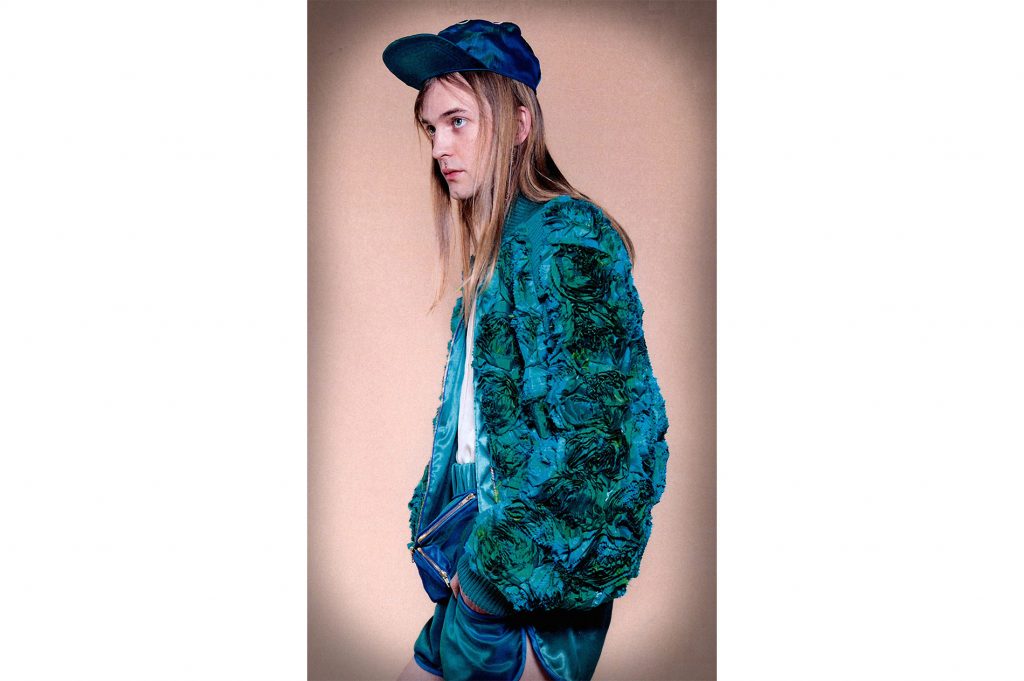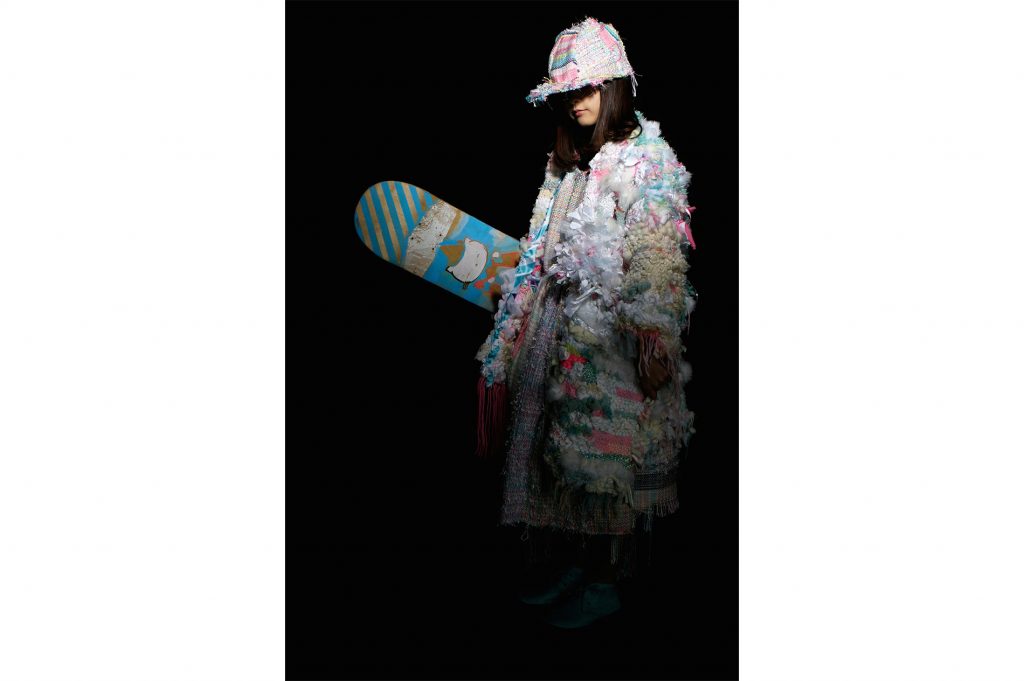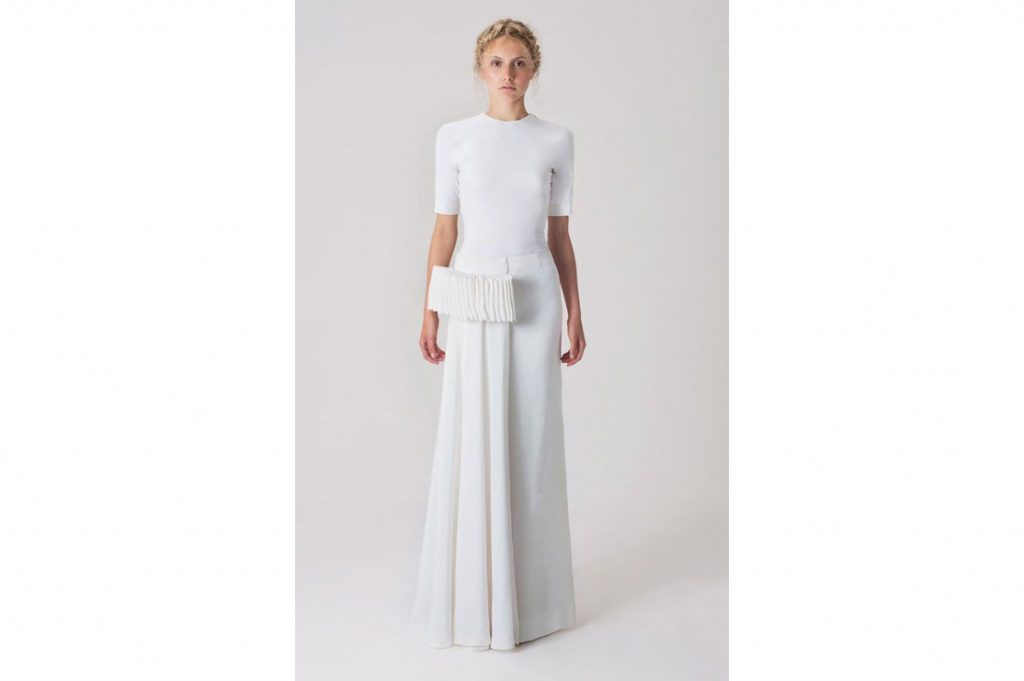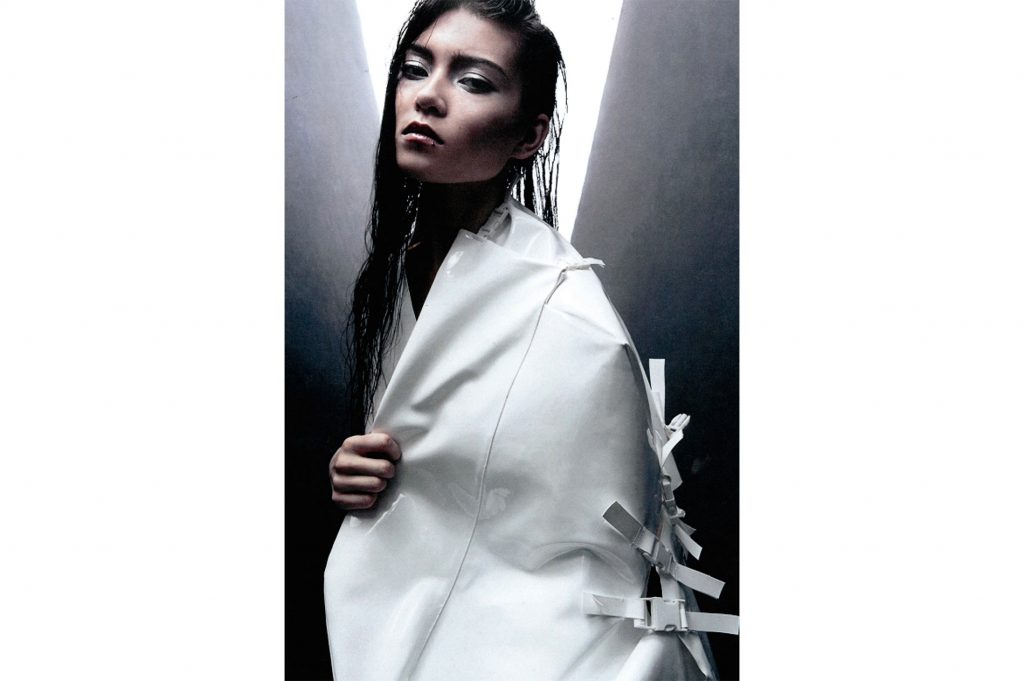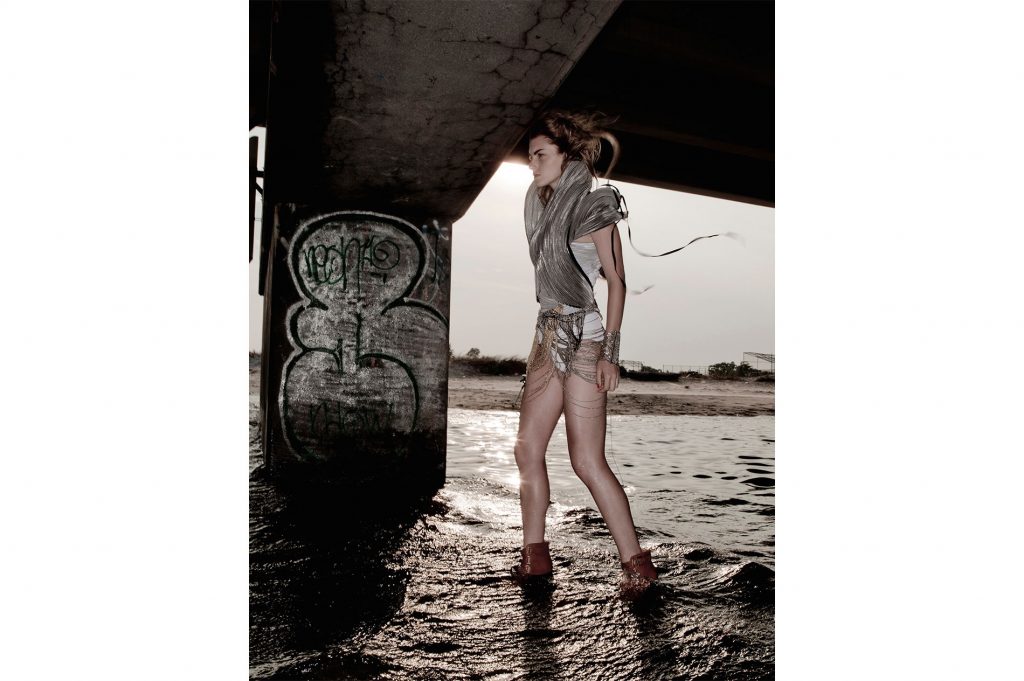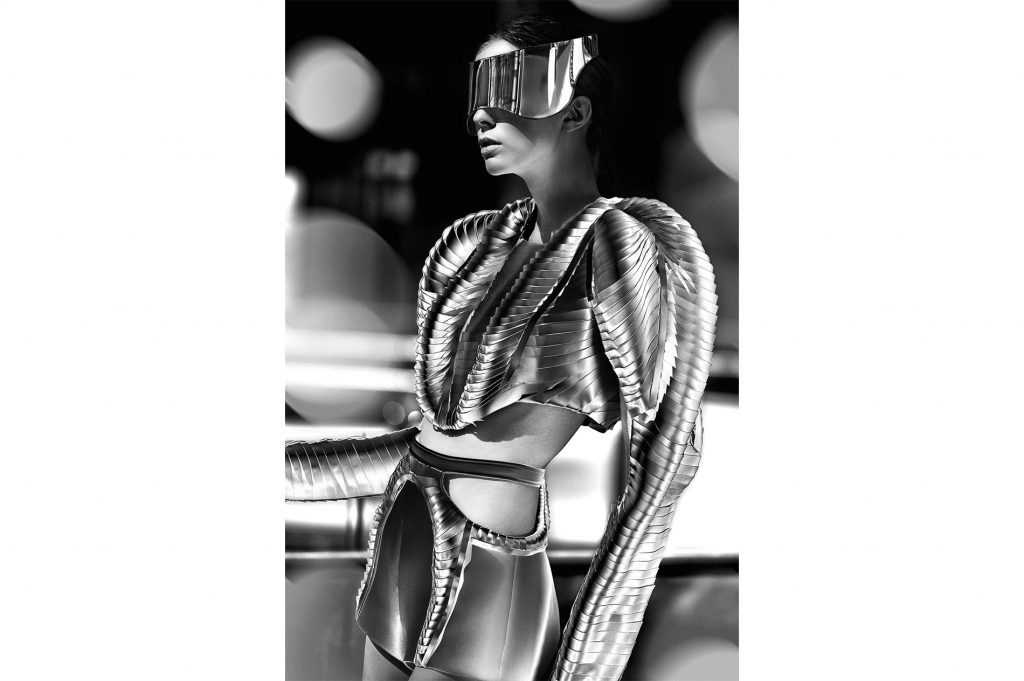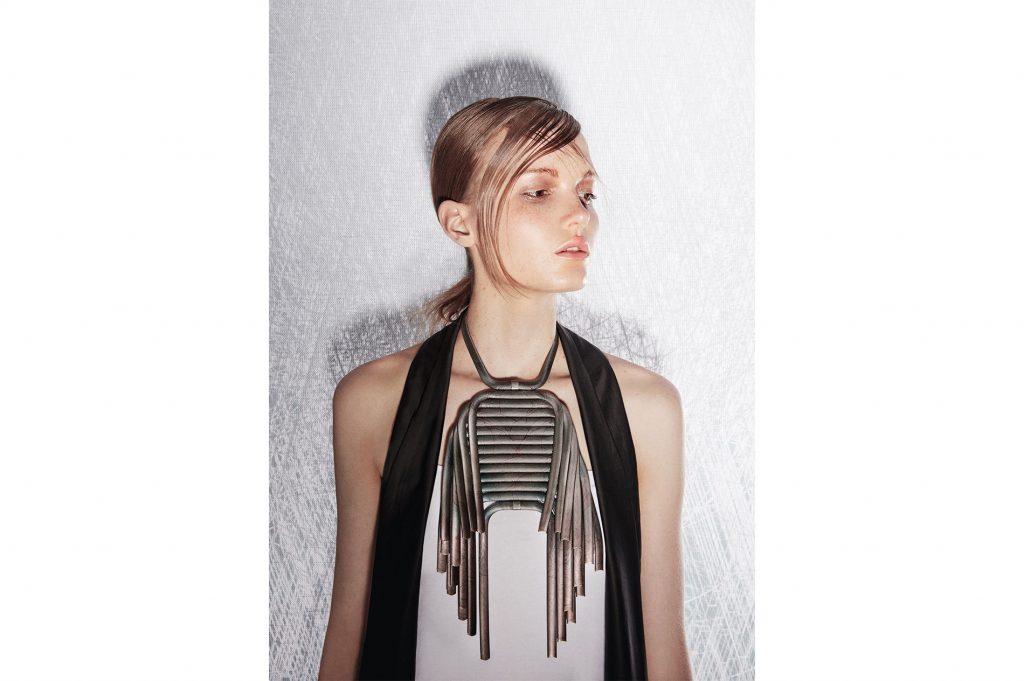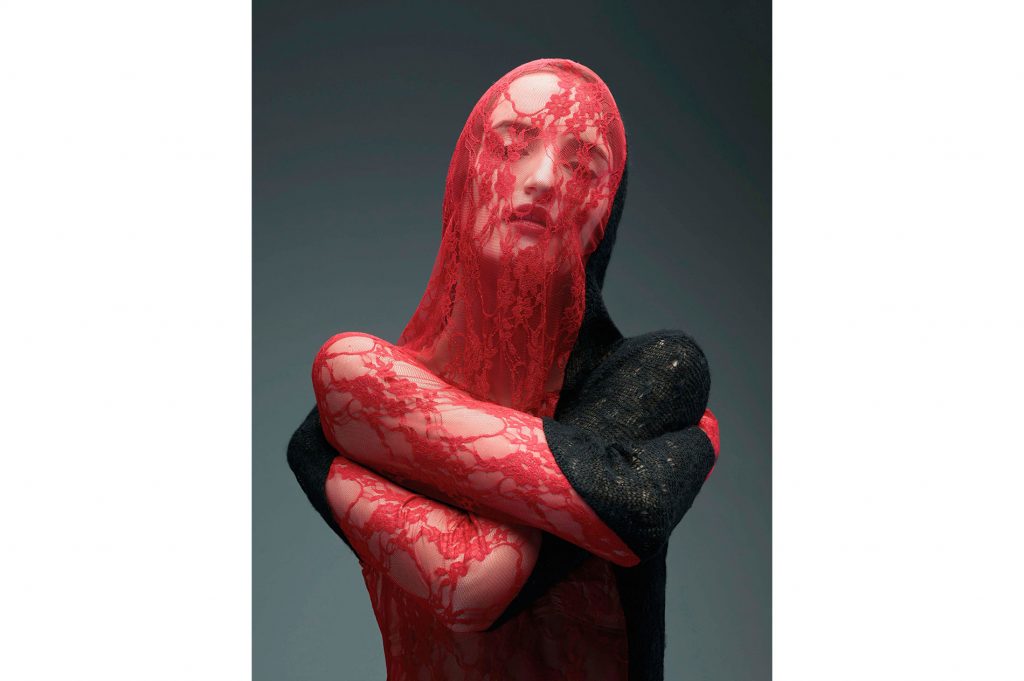
We would like to thank all of the ITS 2014 applicants for sharing with us their precious treasures! And a special thanks goes to the designers whose images have been fundamental and so enriching for this report.
INTRODUCTION
We have been researching creativity for over thirteen years now and we always have two objectives on our mind: on the one hand our attention focuses on spotting the new ITS generation, on the other we aim at detecting any signal arriving from the world of creativity. We do our best to read between the lines and like gold miners we look for every single speck of gold. The result we wish to achieve is a snapshot free from the structures of conventional thinking, able to capture universal and across-the-board feelings tracing, if possible and if present, a common will and desire. A connecting thread that goes from Argentina to Zimbabwe passing through Australia, Belarus, China and linking Indonesia to Alaska, Japan to Iceland, South Africa to Malaysia. Thus different cultural realities that convey and rework the same message by giving their own personal interpretation are mixed together, without necessarily losing their identity. In a globalised world the message is clear: the same interrogatives seem to be puzzling creatives all over the world. Each one of them gives their own personal answer. Sometimes the reactions from people both physically and culturally far apart can be shockingly close. Furthermore we would like to underline that the images we used were not chosen on the basis of an evaluation of merit, but because they clearly visualise the trends we have detected. Many other collections referred to the same trends, though not presenting images that could be used in this report.
ANALYSIS
This year the analysis of the trends has been carried out by Angelo Flaccavento, an independent fashion writer based in Italy contributing to a roster of Italian and international publications. He works out of Sicily, where he still lives, traveling most of the time.
Fragmentation rules and the hyper-personal dominates, in every possible field. The global scenario obeys to the pervasive logics of digital culture – we’re all part of the plug generation, whether we like it or not. Chronology has been erased for good to be replaced by a sort of eternal, all-mixing, polymorphous and ever-changing present. Everything, or almost everything, is acceptable and relevant at the same time: highbrow and lowbrow, past and present, streamlined and baroque, fast-forward and rewind.
The state of young fashion creativity passing through the ITS lenses makes no exception. This is said without a hint of judgment: the world we live is one, and the stimuli we receive are, more or less, the same, depending on how fine-tuned are the antennae capturing them. It’s how we separately process the inputs which creates personal results. What follows, thereafter, should be intended as a series of paths, traced lightly with the thinnest of pencils. This trend report, for lack of a better definition, is a non-dogmatic map: a compendium of suggested journeys into a cluster of images, based on this writer’s point of view over iconographic materials which, out of necessity, are just a selection. In other words, there is no pretense of universal value: the raw stuff is not, hence the map cannot be. Period. This said, the fastidiously particular can sometimes be more accurate than the vastly encyclopedic. Or at least, it attempts to. After all, we are talking about submissions coming from 279 schools and 63 different countries for the present edition: a pretty wide cross-section making for a rich and layered specimen.
The picture, at a glance, looks familiar. Curiously, strangely familiar. It suggests some sort of déjà-vu crowded with esthetic doppelgangers. The relevant traits of the entries, in fact, strike a cunning resemblance with existing mainstream fashion trends. Atmospheres as well as design, but also surface treatments and silhouettes, do not question the status quo. On the contrary, they enforce it. The urge to add a personal touch or give an individual interpretation is kept for the subtle details, without bursting into anarchic slash ‘n burn. It is embedded in elements that need to be explored up-close to truly appreciate their diversity: on the outside, the effect is a kaleidoscopic brand of conformity. Also, the rawness and mandatory – yet oh-so-exciting – imperfections usually associated with student productions are replaced by a striking level of polish and professionalism. Everything looks, one way or another, market-ready.
Surprising? Maybe not. In a scenario flooded ‘til saturation with fashion-related visuals, transmitted in real time from fashion shows and events and then left floating forever in cyberspace or pinned on social medias, it must be pretty damn hard not to fall under the spell and be visually seduced by what recurs the most. Furthermore, the majority of the researches that lead to the creation of a collection, today, happens not in libraries or in dusty archives, over books or actual samples, but virtually in the infinite and infinitely flat libraries provided by Tumblr and the like. On the web, although chronology is rather non-existing, the hic et nunc, the urgency of the present wins, if only for mere quantity. This, for methodology.
The pervasive influence of the web however, is deeper and far more impactful. It informs clothes whose prime and sometime sole point of interest is the visual aspect, and at worst the frontal view – the camera-friendly one, in other words. Design deliberately eschews not only the third dimension, but also the fourth – movement. In this respect, it is impossible to underestimate the impact that Instagram is having on fashion design: to jump out of the screen and cut a dent, even only for a nanosecond, into the collective subconscious, a creation has to be bold, unremittingly graphic; it has to seduce and entertain the eye, blatantly. Which explains not only why prints – geometric and pixilated, more than phytomorphic or naturalistic – are dominating the scenario, but also how much the outline is used to define shapes and silhouettes.
INSTAGRAM-O-RAMA
High-impact visual strategies are on everybody’s minds: this is fashion design at its most Instagram ready. Prints rule, adding an eye-pleasing level of intricacy to clothes that seem to be conceived in the flat vacuum and infinite possibilities of an AutoCAD file. The outline takes center stage leaving the secluded realm of the drawing board to turn into a defining element of the silhouette, both as a decorative and structural element. The approach, in general, is graphic: bold blocks of contrasting colors define shapes or highlight them; cuts follow seemingly abstract paths. The riddle is mind-blogging: making what’s flat ready and apt for a living body.
INSTAGRAM O RAMA
This is a primal drive that the virtual world has brought to new levels of creative elaboration. The body, fashion’s main actor, is not taken for granted. On the contrary, it is a starting point: a base that can be endlessly morphed and unapologetically redesigned, sometimes even adding new parts to it. Accessories are crucial in this sense: shoes that empower and estrange; helmets that hide and protect; decorations that double and strengthen parts of the anatomy. Otherwise, it’s the expert use of cuts: the more traditional way to turn the existing body into a fictional reality, erasing functionality once and for good.
3D
As a natural reaction to the widespread preoccupation for everything that is flat and easy to read on a rather flattening digital image, the sculptural joys of 3D continue being explored, as they have been over the past few years. The choice runs the gamut from dramatic silhouettes to crafty interventions – multiple pleats, sequence folds, overlapping flaps – which the use of the non-color white strips away of any drama in favor of solemn serenity.
LAB-LIKE
Experimentalism at its most Zen-like yet unremitting: fashion enters the laboratory and undergoes a subtle process of transformation. The environment is clean, dominated by white and transparencies that suggest layers of skin made ready for new implants. Emotional outburst are kept under control, as is any excess. Design is minimal, cuts are straight. Yet, one can feel the slight undercover frisson of something happening wherever you cannot immediately detect it.
HARD
This is an alchemy that is historically well-represented at ITS, yet one that shows no sign of weakening on the designer’s minds: bringing hard elements, metallic ones in particular, into the soft realm of fashion, making for a captivating dialogue between firmness and movement, thickness and weightlessness. Metal can be an accessory, a detail, or a whole surface: it enforces certain parts of the silhouette, redesigns them, protects the wearer. It captures, most of all, an enduring futuristic utopia: fashioning wearable stuff out of incongruous sources.
INCOGNITO
Who does not dream of having an alternate identity, or maybe already has many on any given social network? There is a vaguely political agenda to the abundance of covered faces. This is, again, a trend that’s been recurring insistently over the years. At this turn, however, it’s not about the rather sinister gesture of erasing any recognizable features: it is about the possibility to explore an incognito dimension to infiltrate the world and turn up the tables. In other words, it’s more Philip K. Dick than Eraserhead.
IMMATERIAL
A new dialogue between the dress and its surrounding space arises, skipping predictable design instances. It’s not about clothing as architecture or habitat, but something rather more subtle. Light is brought onto the dress, as are transparency and movement, in an attempt to dematerialize compact surfaces and make them move, unpredictably yet in a way that is somehow controlled. Hence the abundance of polished metallic elements that reflect and refract light; hence variable fabric densities; hence long dancing fringes. Fashion is sublimated and its corporeal materiality vaporized.
Other articles:
The Seismographer
Your Kids, One Museum, and Lots of Fun – A family day out at ITS Arcademy is an experience not to be missed
18 October, 2024
We were all born to create, and it’s during childhood that this is most evident. Our favourite adult would place a blank sheet of paper in front of us along with…
The Seismographer
How to make a killer fashion portfolio.
7 rules you should follow to hit the mark.
12 September, 2024
Fashion portfolios speak a language of their own. Their architecture and content can be driven by cultural and social markers as diverse as the nations of our planet. The level of…
The Seismographer
The designers of the future are here – If you need a “push” to find reasons to apply, you’re welcome
02 September, 2024
“How to” – perhaps one of the most (if not THE most) asked question on the internet. How to do this, how to do that, how to build, how to make,…
The Seismographer
A Year in Fashion Conservation: Planned work for 2024 by the ITS Collection conservation team.
02 August, 2024
We have already dealt with the huge (and beautifully exciting) work that is the conservation of a unique collection like the one of ITS Arcademy – Museum of Art in Fashion,…





























